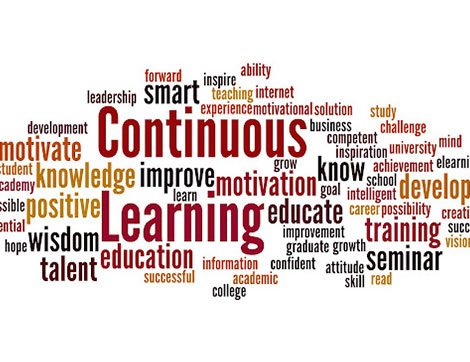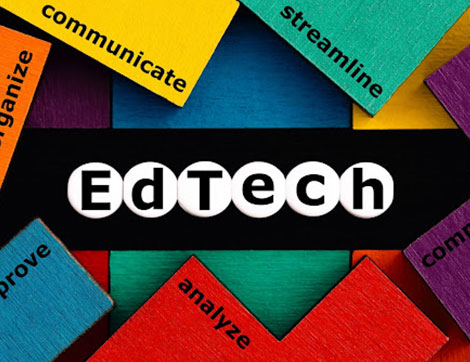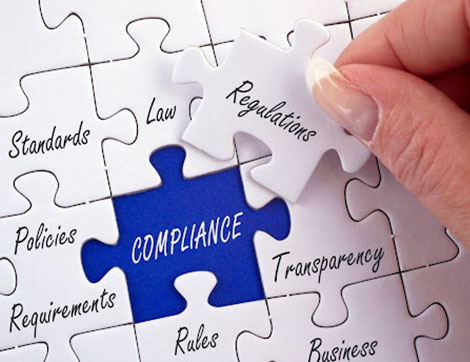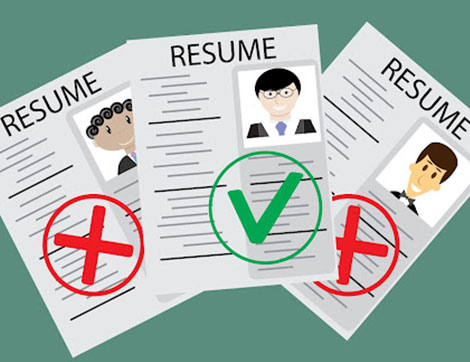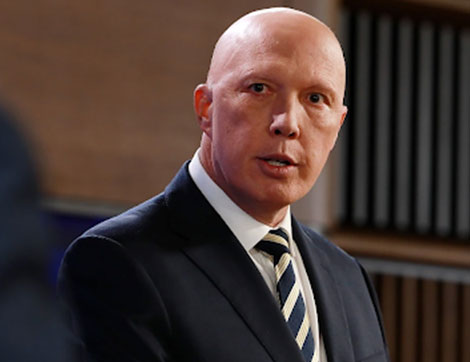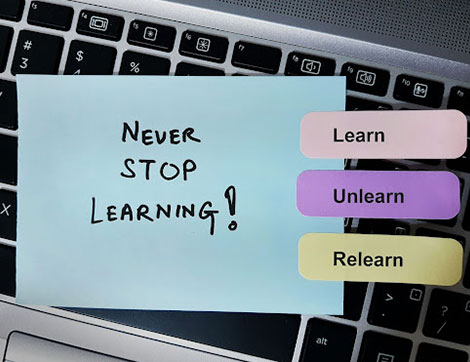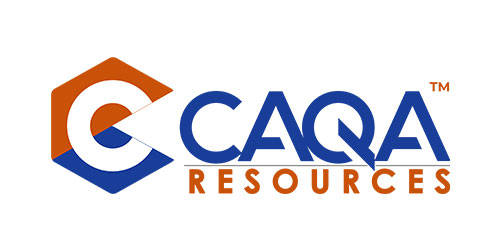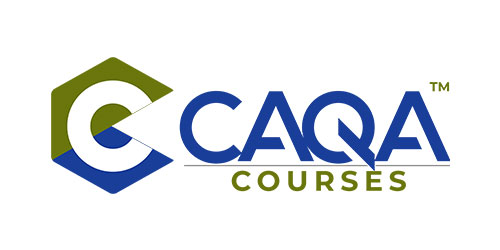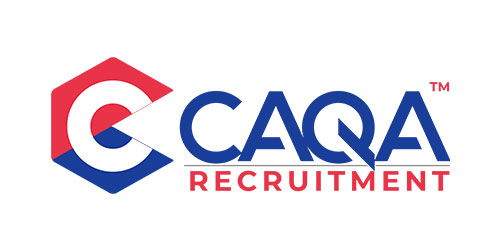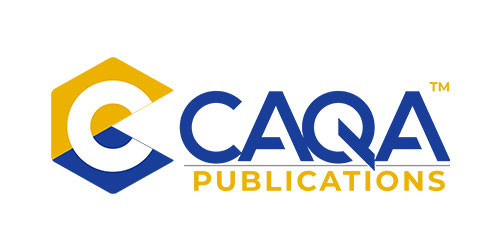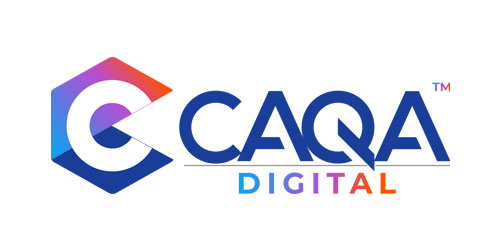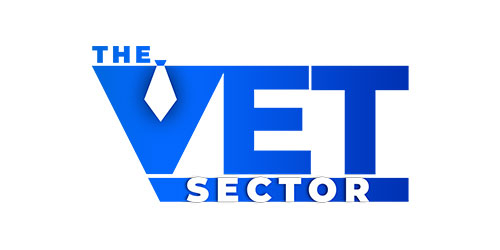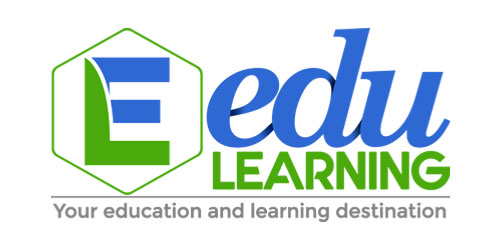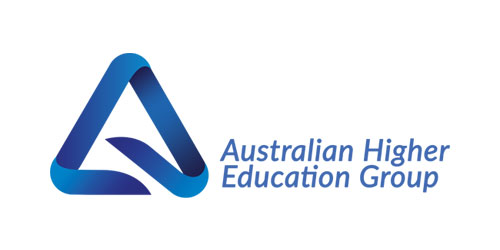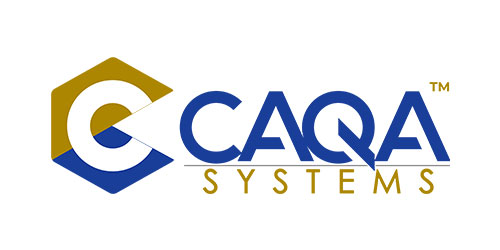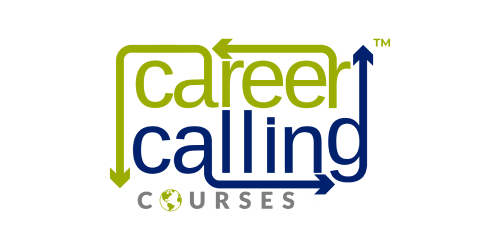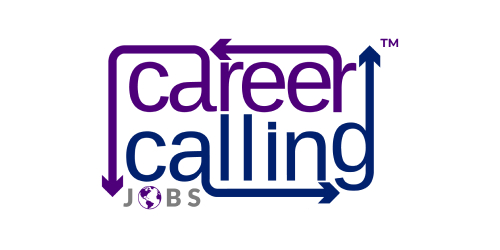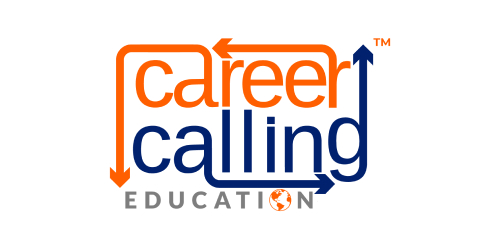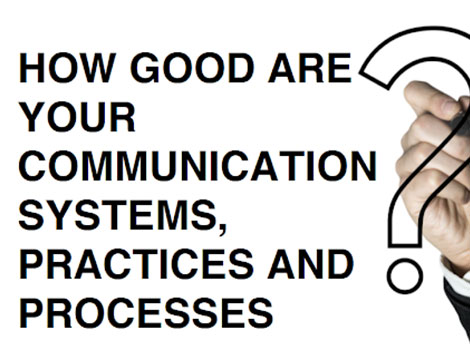
News
Communication is the key to building successful relationships and human connections. It’s also the key to success in any professional field. Effective communication is essential to the success of any training or education program. Effective communication is not easy, it requires effort and time.
Effective communication systems in any training and education business will ensure that all stakeholders such as trainers, educators, trainees and learners are on the same page. It will also help them communicate with each other efficiently. Training organisations should take some time to analyse their communication systems to identify any problems.
- Communication systems: The tools that connect people with the organisation’s strategy and direction. It includes communication protocols, signage, maps, floor plans, venues and schedules
- Practices: These establish what needs to be communicated and how to communicate it effectively. A process-based approach helps improve communication effectiveness. Provides clarity on what needs to be communicated by creating a schedule for communications as well as shared understanding between teams and team members. It includes how to talk to each other and create a culture conducive to achieving team goals
- Procedures: These establish how communication is expected across all levels of an organisation such as who has authority over the different types of communication.
The other benefits of effective communication in the training and education industry include:
– Increased retention rates
– Increased student engagement
– Improved assessment results
– Improved course completion rates
– Improves training and education experiences for instructors and participants
– Promotes a positive culture of learning
– Improves productivity
– Improved morale
– Decrease racial tension
– Increase productivity rates
Effective communication between trainers and students
Trainers need to be able to effectively convey their message to students in order for them to get immersed into the learning. Similarly, trainers must be able to communicate across different disciplines in order for students of various backgrounds to understand the material.
The benefits are clear for both trainers and assessors and students who are able to learn skills that are applicable in their careers or education.
Effective communication between different team members
The training and education industry is fast-growing. With the increasing demand, the need for effective communication between team members has also increased.
There are several ways to provide effective communication between different team members. This includes verbal, nonverbal, and written communication. A combination of all these forms of communication is recommended to be most effective.
– One way of achieving effective communication between different team members in the training and education industry can be by developing a non-threatening atmosphere that will allow people to speak their minds openly.
– Another way of achieving effective communication between different team members in the training and education industry can be by establishing common grounds on which everyone agrees on what needs to happen.
Effective communication with external stakeholders
Effective communication is the cornerstone of training and education. The way you communicate with your external stakeholders is something that can make or break the success of your organisation.
To be effective, communication should be timely and tailored to their needs and interests. You should understand their needs and interests so that you can tailor your message in a way that they will listen to and understand. The best way to communicate with them is through different methods such as email, phone calls, social media, etc.
In order to learn how to effectively communicate with external stakeholders, we can approach it from different angles:
– Observing and analysing the culture and current trends of your target audience: This helps you understand their needs and gives you creative ideas on what they want.
– Teaching them that they are valued: This helps build their confidence in your program. It also demonstrates that they should not feel ashamed for having such needs and instead can take pride in what they have achieved so far.
– Building a personal connection: This builds trust between your target audience and yourself so that they can easily feel comfortable
How to be an effective communicator
To be an effective communicator, one must pay attention to social cues, information, and emotion. Effective communicators are also flexible in adjusting behaviour depending on the needs of the situation.
The best way to create an effective communication system is to start with a list of priorities which include:
– Be specific about what you’re trying to communicate: What? ‘What did you learn today?’ When? ‘What did we learn at 4 p.m.?’ Who? ‘Who did we learn from today?’
– Make sure that you’re careful about how your message is delivered: What tone should your voice be in – upbeat or energetic, excited or nervous
How to create effective communication systems, practices and procedures
Effective communication can be achieved by following some key principles. These include creating a caring atmosphere where students feel comfortable coming forward with their opinions and questions, developing rapport with your students so you can connect on a personal level, providing feedback rather than criticism, and promoting trust among peers by being transparent with your intentions. The best way to create an effective communication system is with a clear structure that covers all activities in your organization, including events, meetings, information sharing, feedback sharing and more.
There are many ways for you to keep track of your progress throughout the process: make sure you have a progress chart or charting tools like Microsoft Teams or Excel or Google Slide (or even use paper) which keeps track of all major milestones.
A well-designed system creates an environment where people feel supported, listened to and valued for their contributions. When creating effective communication systems, practices and procedures in the training industry, management must be involved to ensure that these systems will meet their needs.
 1800 961 980
1800 961 980 info@careercalling.com.au
info@careercalling.com.au


